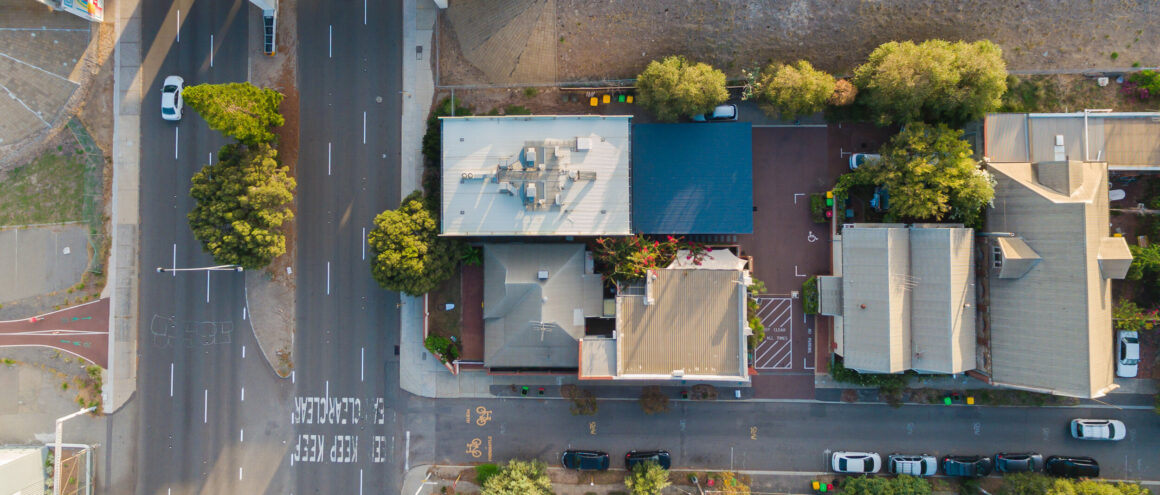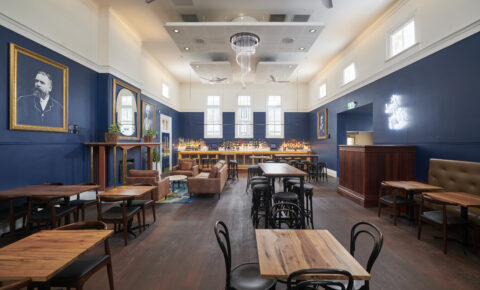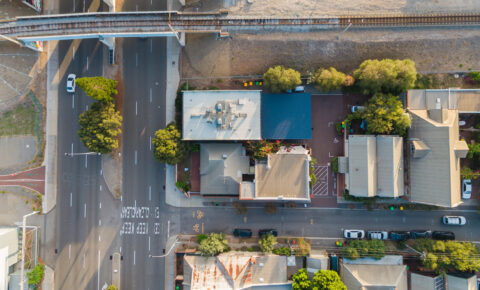Designing for Life in Use: Sustainable in Operation
The true cost of a building is not only in how it is made, but in how it is lived with. Designing for efficient operation reduces resource use, lowers bills, and creates healthier, more comfortable spaces.
For more than two millennia, the Vitruvian principles of firmness, commodity, and delight have defined good architecture. In a building’s operational life, these principles are tested day after day. Firmness appears in systems that endure with minimal maintenance. Commodity shows itself in efficiency, affordability, and adaptability. Delight is experienced in comfort, wellbeing, and the qualities that make a space worth inhabiting. Together, these qualities ensure that buildings in use are not a burden but an asset.
Why Operation Matters
Operational impact is often underestimated: while construction energy and affordability dominate discussion, far less attention is given to what it costs to occupy those buildings year after year. A building that is cheap to build but expensive to heat, cool, and maintain is not sustainable – financially, socially, or environmentally.
The resources consumed in their operation – power, water, and maintenance – can outweigh those used in construction. Minimising this consumption is one of the most effective ways to reduce a building’s overall footprint, and therefore one of the clearest measures of sustainability.
The following sections explore how this plays out in practice – through passive design, efficient systems, buildings that give back, and environments that support comfort and health.
Passive Design: Working With Climate
The first and most effective way to reduce operational impact is to design buildings that work with climate, not against it. Passive design strategies allow buildings to maintain comfortable conditions naturally, reducing reliance on mechanical systems.
Key strategies include:
- Orientation – capturing winter sun, shading against summer heat.
- Shading – eaves, verandahs, and planting that protect interiors while creating outdoor living spaces.
- Ventilation – cross-breezes, night purging, and stack effect cooling reduce reliance on air-conditioning.
- Thermal mass – materials like concrete store heat during the day and release it at night, stabilising temperatures.
These strategies are always tailored to place. In the south of WA, capturing warmth is critical; in the north, encouraging cross-ventilation keeps interiors liveable; on the coast, capturing sea breezes and providing appropriate shading helps moderate heat and humidity, supporting comfort and reducing reliance on mechanical cooling.
Passive measures are low-tech, high-return: simple design moves that pay dividends for decades. Just as importantly, these strategies must work together. Orientation influences how ventilation performs; solar access and shading determine whether thermal mass is effective; insulation enhances the stability created by both. A concrete wall always in shade will do little to radiate heat at night, just as cross-breezes are only possible when the plan responds to prevailing winds. Considered in isolation, these moves risk underperforming. Integrated with one another, they deliver buildings that function as intended and endure over time. Passive design strategies express firmness, commodity, and delight in unison: firmness in resilient envelopes, commodity in efficiency, and delight in naturally comfortable spaces.
Building Systems for Efficiency and Wellbeing
Alongside passive design, carefully chosen building systems play a crucial role in reducing operational impact. These systems extend beyond heating and cooling to include insulation, renewable energy generation, energy storage, water-sensitive design, and measures that improve indoor environmental quality. Their role is to complement good design, not replace it, and efficiency and integration are critical. A system that looks economical upfront may prove costly over its lifetime, so our focus is on:
- High-performance insulation – reducing heating and cooling needs when mechanical systems are used.
- Building management systems – integrated controls that monitor, adjust, and optimise performance in real time, ensuring systems run only when needed and making maintenance easier and more reliable.
- Zoning and smart control – heating and cooling only where and when needed, improving efficiency and user comfort.
- Climate Wizards – indirect evaporative coolers that use up to 80% less energy than conventional air-conditioning and provide 100% fresh air. We specify them wherever conditions allow, as they deliver significant energy savings while maintaining indoor comfort in WA’s hot, dry climate.
- Renewables – integrating solar PV, battery storage, and futureproofing for electrification.
- Efficient lighting – LED systems with daylight-responsive and motion-controlled controls that minimise power use while improving quality of light.
- Efficient appliances and equipment – specifying appliances and systems with high energy ratings to lower operational loads.
- Water efficiency – low-flow fixtures, greywater reuse, and rainwater harvesting to reduce demand on mains supply, along with stormwater management features such as infiltration systems, swales, or raingardens that slow and filter runoff. Recycled water systems can supply irrigation and non-potable uses, while planting palettes and irrigation design minimise demand and support biodiversity. Smart monitoring and leak detection add another layer of resilience.
- Indoor air quality and acoustics – filtration, ventilation aids, and acoustic systems that support health and comfort without unnecessary energy demand.
These systems work quietly in the background, invisible to users but significant in reducing energy and water demand. The goal is efficiency that enhances comfort rather than complicates life. Considered together, they form a coordinated suite of systems that complement one another – delivering operational performance that is reliable, economical, and sustainable over the long term.
Comfort and Health
Sustainability is not just about numbers on a meter. Buildings must also provide healthy, comfortable environments. Natural light, fresh air, and stable indoor temperatures improve wellbeing, productivity, and learning outcomes.
Comfort also influences longevity. Buildings that are enjoyable to be in are buildings that continue to be used, valued, and maintained. When spaces are uncomfortable – too hot, too cold, or unhealthy – they are abandoned sooner, shortening their useful life. Designing for enjoyment and wellbeing is therefore also designing for endurance.
Poorly designed buildings, by contrast, trap heat, allow mould, or force reliance on artificial systems – with impacts on both health and energy bills. Designing for comfort and health is part of designing for sustainability: the building supports the people inside it as much as the environment around it.
Sustainable Operation, Lasting Value
A sustainable building should be affordable to live in, not just affordable to build. Operational efficiency reduces bills for households and organisations, while durable, low-maintenance systems reduce long-term costs. In this way, investment in sustainability pays back not only in environmental terms, but also in economic security and social equity – the everyday proof of good design.
Operation is where sustainability is lived. It brings firmness, commodity, and delight into balance: firmness through systems and detailing that endure; commodity through efficiency, adaptability, and affordability; and delight through health, comfort, and the human experience of place. Passive design that works with climate, efficient systems that reduce demand, buildings that give back through energy and water contribution, and environments that sustain wellbeing – together these qualities make sustainability tangible in daily life.
This is how we design for a 100-year life: by ensuring that buildings are not a burden to maintain or a cost to occupy, but enduring assets that support the wellbeing of those who use them and the places they belong to.
→ Continue Reading: Designing for Adaptability



